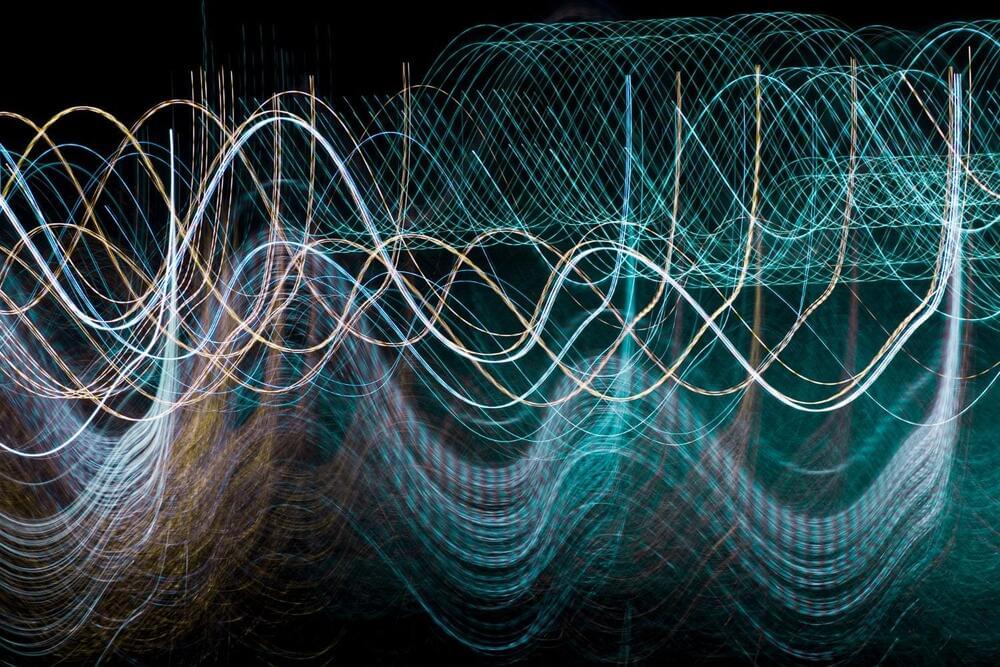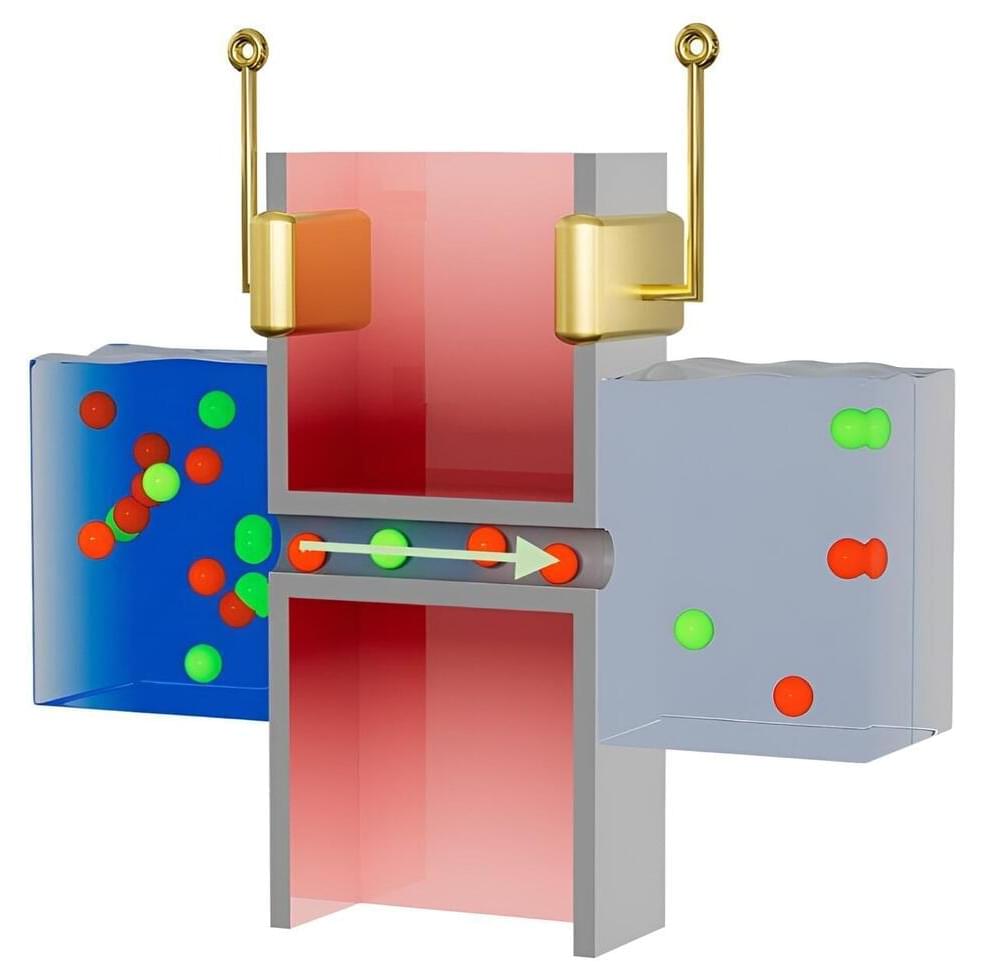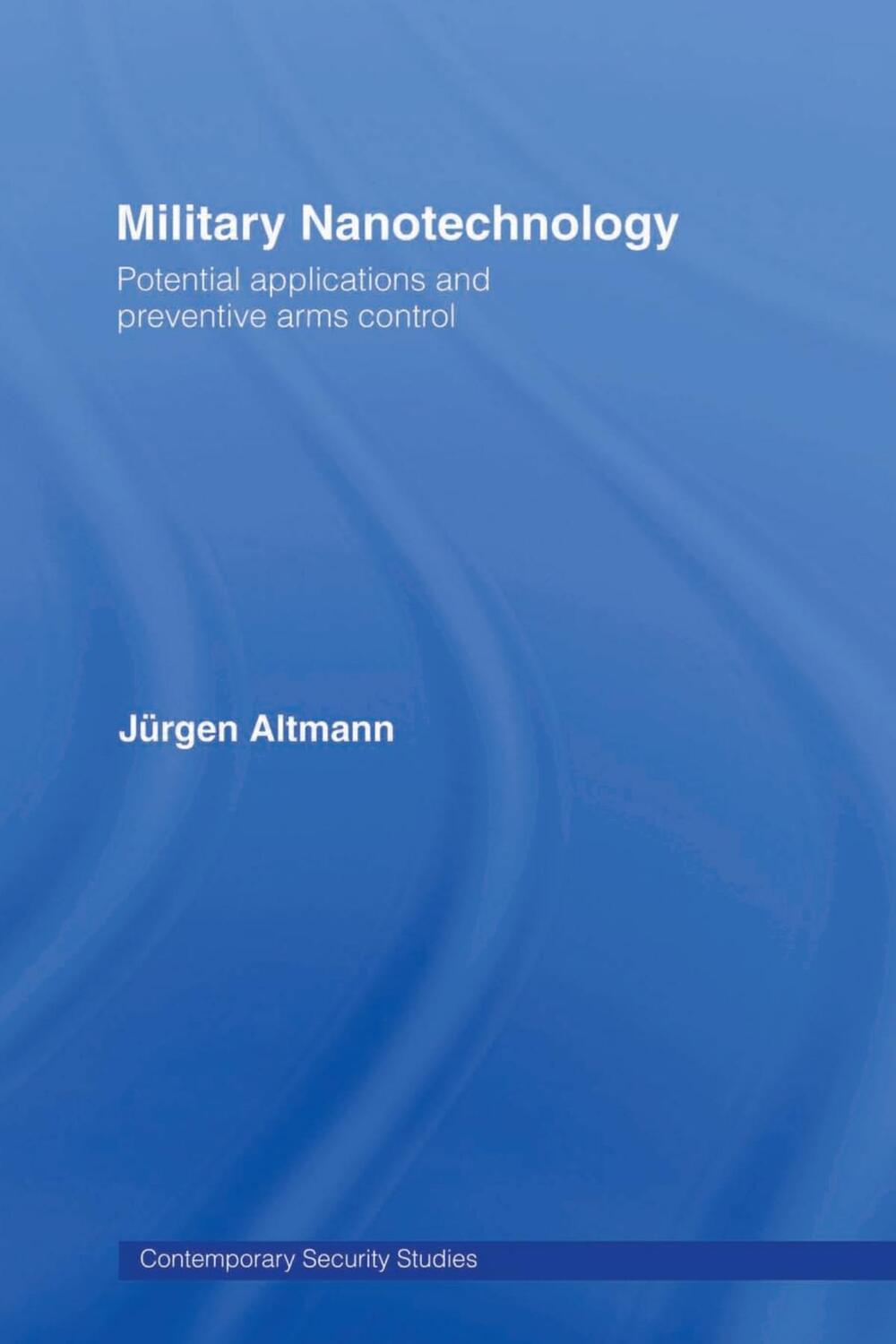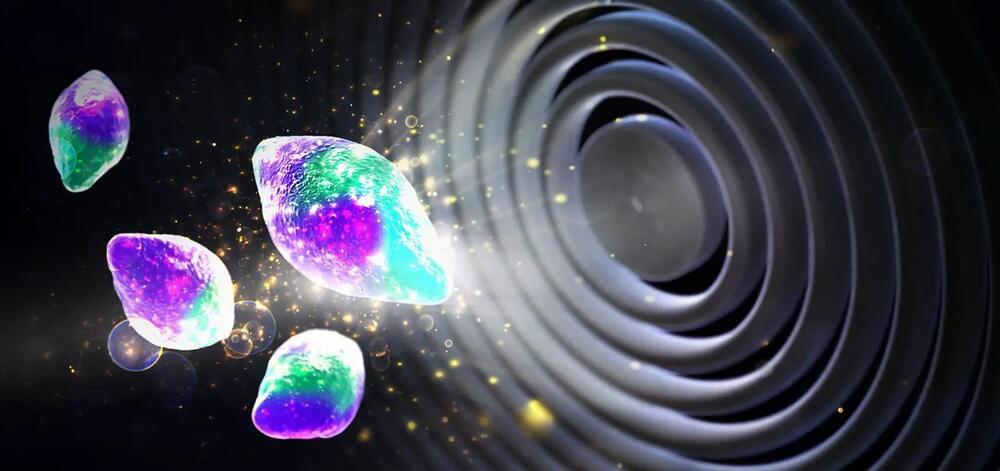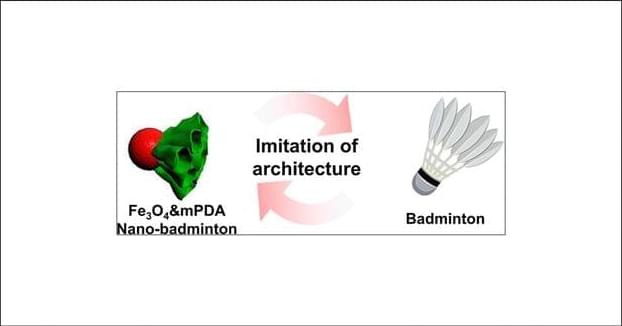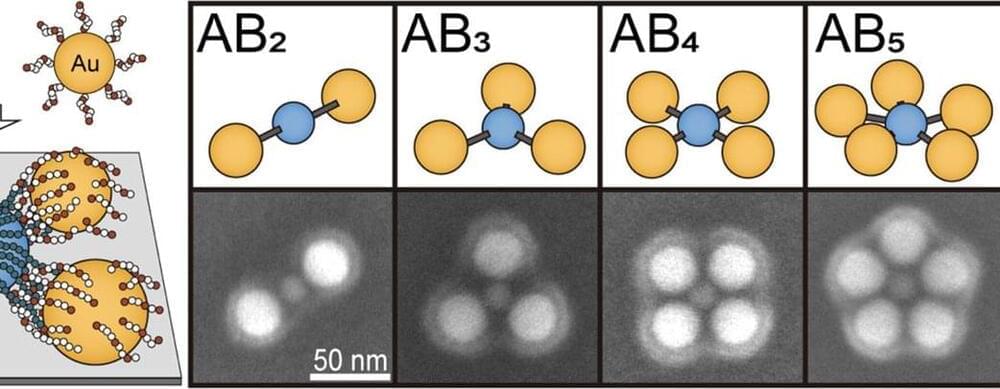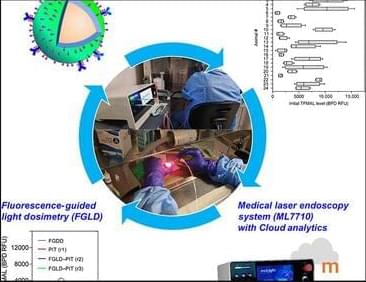Archive for the ‘nanotechnology’ category: Page 60
Sep 24, 2023
Nanofluidic device generates power with saltwater
Posted by Genevieve Klien in categories: energy, nanotechnology
There is a largely untapped energy source along the world’s coastlines: the difference in salinity between seawater and freshwater. A new nanodevice can harness this difference to generate power.
A team of researchers at the University of Illinois Urbana-Champaign has reported a design for a nanofluidic device capable of converting ionic flow into usable electric power in the journal Nano Energy. The team believes that their device could be used to extract power from the natural ionic flows at seawater-freshwater boundaries.
“While our design is still a concept at this stage, it is quite versatile and already shows strong potential for energy applications,” said Jean-Pierre Leburton, a U. of I. professor of electrical & computer engineering and the project lead. “It began with an academic question—’Can a nanoscale solid-state device extract energy from ionic flow?’—but our design exceeded our expectations and surprised us in many ways.”
Sep 23, 2023
Military Nanotechnology (1).pdf
Posted by Dan Breeden in categories: military, nanotechnology
Sep 23, 2023
Unlocking Battery Mysteries: X-Ray “Computer Vision” Reveals Unprecedented Physical and Chemical Details
Posted by Saúl Morales Rodriguéz in categories: biological, chemistry, computing, nanotechnology, physics
It lets researchers extract pixel-by-pixel information from nanoscale.
The nanoscale refers to a length scale that is extremely small, typically on the order of nanometers (nm), which is one billionth of a meter. At this scale, materials and systems exhibit unique properties and behaviors that are different from those observed at larger length scales. The prefix “nano-” is derived from the Greek word “nanos,” which means “dwarf” or “very small.” Nanoscale phenomena are relevant to many fields, including materials science, chemistry, biology, and physics.
Sep 21, 2023
Mesoporous Nano-Badminton with Asymmetric Mass Distribution: How Nanoscale Architecture Affects the Blood Flow Dynamics
Posted by Dan Breeden in categories: biotech/medical, nanotechnology
While the nanobio interaction is crucial in determining nanoparticles’ in vivo fate, a previous work on investigating nanoparticles’ interaction with biological barriers is mainly carried out in a static state. Nanoparticles’ fluid dynamics that share non-negligible impacts on their frequency of encountering biological hosts, however, is seldom given attention. Herein, inspired by badmintons’ unique aerodynamics, badminton architecture Fe3O4&mPDA (Fe3O4 = magnetite nanoparticle and mPDA = mesoporous polydopamine) Janus nanoparticles have successfully been synthesized based on a steric-induced anisotropic assembly strategy. Due to the “head” Fe3O4 having much larger density than the mPDA “cone”, it shows an asymmetric mass distribution, analogous to real badminton.
Sep 21, 2023
Eric Drexler | MSEP: What, Why, and How?
Posted by Dan Breeden in categories: biotech/medical, computing, nanotechnology
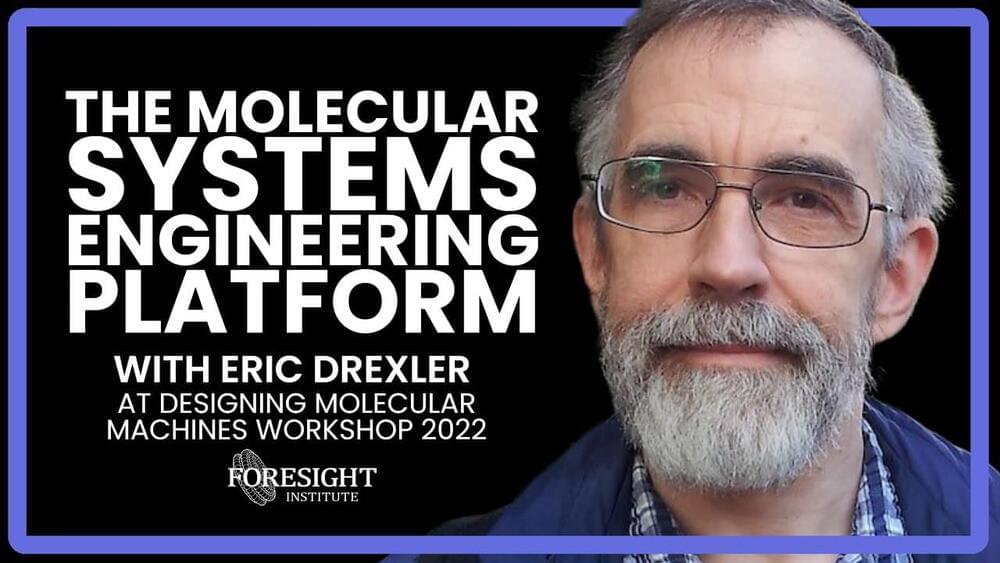
Foresight Molecular Machines Group.
Program & apply to join: https://foresight.org/molecular-machines/
This video was recorded at the 2022 Foresight Designing Molecular Machines Workshop. https://foresight.org/molecular-workshop/
Continue reading “Eric Drexler | MSEP: What, Why, and How?” »
Sep 20, 2023
First Light for a Next-Generation Light Source
Posted by Saúl Morales Rodriguéz in categories: biological, chemistry, nanotechnology, particle physics, quantum physics
X-ray free-electron lasers (XFELs) first came into existence two decades ago. They have since enabled pioneering experiments that “see” both the ultrafast and the ultrasmall. Existing devices typically generate short and intense x-ray pulses at a rate of around 100 x-ray pulses per second. But one of these facilities, the Linac Coherent Light Source (LCLS) at the SLAC National Accelerator Laboratory in California, is set to eclipse this pulse rate. The LCLS Collaboration has now announced “first light” for its upgraded machine, LCLS-II. When it is fully up and running, LCLS-II is expected to fire one million pulses per second, making it the world’s most powerful x-ray laser.
The LCLS-II upgrade signifies a quantum leap in the machine’s potential for discovery, says Robert Schoenlein, the LCLS’s deputy director for science. Now, rather than “demonstration” experiments on simple, model systems, scientists will be able to explore complex, real-world systems, he adds. For example, experimenters could peer into biological systems at ambient temperatures and physiological conditions, study photochemical systems and catalysts under the conditions in which they operate, and monitor nanoscale fluctuations of the electronic and magnetic correlations thought to govern the behavior of quantum materials.
The XFEL was first proposed in 1992 to tackle the challenge of building an x-ray laser. Conventional laser schemes excite large numbers of atoms into states from which they emit light. But excited states with energies corresponding to x-ray wavelengths are too short-lived to build up a sizeable excited-state population. XFELs instead rely on electrons traveling at relativistic speed through a periodic magnetic array called an undulator. Moving in a bunch, the electrons wiggle through the undulator, emitting x-ray radiation that interacts multiple times with the bunch and becomes amplified. The result is a bright x-ray beam with laser coherence.
Sep 20, 2023
New tool measures plasma source and color of light simultaneously to improve microchip production
Posted by Genevieve Klien in categories: computing, nanotechnology
Researchers at MESA+ Institute for Nanotechnology developed a tool that can measure the size of a plasma source and the color of the light it emits simultaneously. “Measuring both at the same time enables us to further improve lithography machines for smaller, faster and improved chips.” The article is highlighted as an Editor’s pick in Optics Letters.
Lithography machines are central to the process of making the microchips that are needed for almost all our electronic devices. To produce the smallest chips, these machines need precision-engineered lenses, mirrors and light sources. “Traditionally, we could only look at the amount of light produced, but to further improve the chipmaking process, we also want to study the colors of that light and the size of its source,” explains Muharrem Bayraktar, assistant professor at the XUV Optics Group.
The extreme ultraviolet light is emitted by a plasma source, produced by aiming lasers at metal droplets. With sets of special mirrors, this light is aimed at a silicon wafer to create the smallest microchips imaginable. “We want to make the plasma as small as possible. Too large and you ‘waste’ a lot of light because the mirrors cannot catch all the light,” says Bayraktar.
Sep 20, 2023
Precisely arranging nanoparticles to develop plasmonic molecules
Posted by Paul Battista in categories: biotech/medical, nanotechnology
In the incredibly small world of molecules, the elementary building blocks—the atoms—join together in a very regular pattern. In contrast, in the macroscopic world with its larger particles, there is much greater disorder when particles connect.
A research team at the University of Göttingen has now succeeded in achieving the same precise arrangement of atoms shown in molecules, but using nanometer-sized particles, known as “plasmonic molecules”—combinations of nanoscale metallic structures that have unique properties. The results were published in Angewandte Chemie International Edition, which has classified the article as a “very important paper.”
There is a transition area between molecular and macroscopic levels, an in-between zone called the nanometer range, where there is often a disordered aggregation of particles. Precise arrangement of nanometer-sized structures is one of the major challenges in the ongoing miniaturization in electronics, optics and medicine.
Sep 20, 2023
Fluorescence-guided photoimmunotherapy using targeted nanotechnology and ML7710 to manage peritoneal carcinomatosis
Posted by Omuterema Akhahenda in categories: biotech/medical, nanotechnology
Abstract of full article w/ downloadable pdf:
Fluorescence-guided intervention can bolster standard therapies by detecting and treating microscopic tumors before lethal recurrence. Tremendous progress in photoimmunotherapy and nanotechnology has been made to treat metastasis. However, many are lost in translation due to heterogeneous treatment effects. Here, we integrate three technological advances in targeted photo-activable multi-agent liposome (TPMAL), fluorescence-guided intervention, and laser endoscopy (ML7710) to improve photoimmunotherapy. TPMAL consists of a nanoliposome chemotherapy labeled with fluorophores for tracking and photosensitizer immunoconjugates for photoimmunotherapy… More.
Fluorescence-guided photoimmunotherapy using nanotechnology and ML7710 reduces heterogeneous therapy effects and tumor metastasis.
